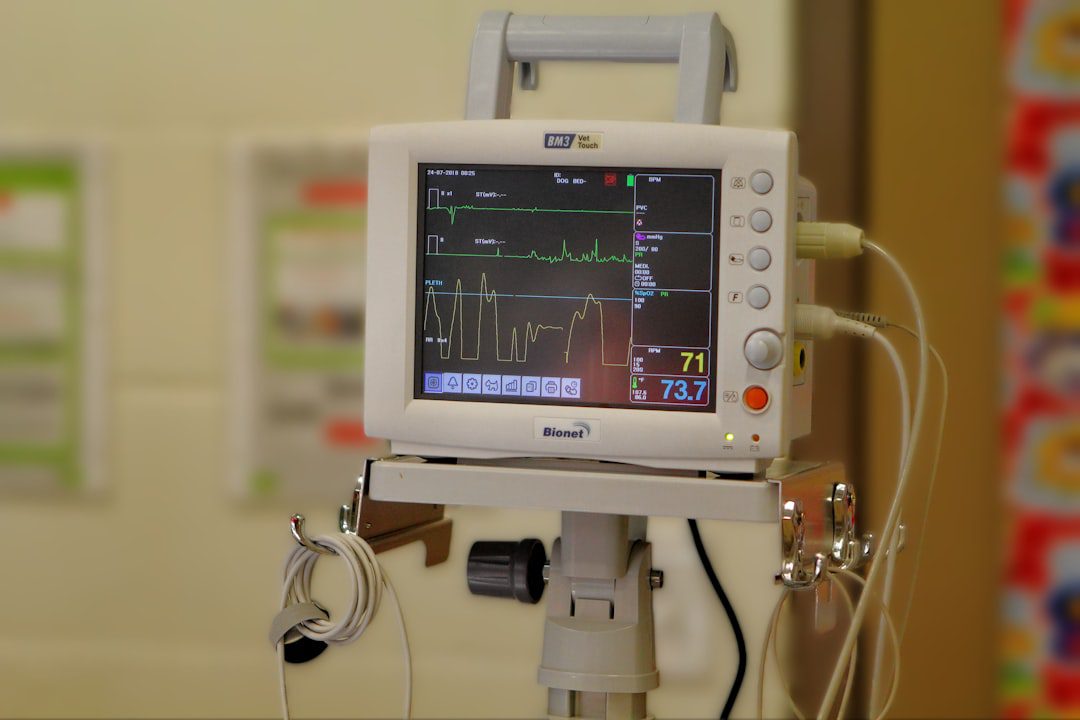
Understanding the Boston Scientific Defibrillation Lead Alert
The FDA’s recent update on the Boston Scientific defibrillation lead issue represents a critical case study in post-market surveillance and the evolving medical device recall communication framework. This alert, issued as part of the FDA’s Communications Pilot to Enhance the Medical Device Recall Program, demonstrates the agency’s commitment to improving transparency and manufacturer accountability in device safety management.
What Happened and Why It Matters
Defibrillation leads are critical components of implantable cardioverter defibrillators (ICDs) and cardiac resynchronization therapy devices (CRT-Ds). These leads deliver life-saving electrical therapy to patients experiencing dangerous heart rhythms. Any compromise in lead integrity can result in:
- Failure to deliver therapy when needed
- Inappropriate therapy delivery
- Patient injury or death
- Need for additional surgical interventions
The FDA’s decision to spotlight this issue through their enhanced communication pilot underscores the agency’s focus on high-risk cardiovascular devices and the critical importance of robust post-market surveillance systems.
Regulatory Context: The Communications Pilot Program
The FDA’s Communications Pilot to Enhance the Medical Device Recall Program represents a significant shift in how device safety information is disseminated. This initiative aims to:
- Provide more timely and accessible recall information
- Improve healthcare provider and patient awareness
- Enhance manufacturer accountability
- Strengthen post-market surveillance effectiveness
For medical device manufacturers, this pilot signals the FDA’s expectation for proactive, transparent communication throughout the product lifecycle.
Critical Compliance Implications
Post-Market Surveillance Requirements
Under 21 CFR 822, manufacturers must establish and maintain procedures for receiving, reviewing, and evaluating complaints. The Boston Scientific case highlights several key compliance areas:
- Complaint handling systems: Manufacturers must have robust systems to identify and analyze device performance trends
- Risk assessment protocols: Regular evaluation of field data to identify potential safety signals
- Corrective action timelines: Swift response to identified safety concerns
MDR Reporting Obligations
Medical Device Reports (MDRs) under 21 CFR 803 require manufacturers to report device malfunctions that could cause or contribute to death or serious injury. The defibrillation lead issue emphasizes the importance of:
- Comprehensive adverse event tracking
- Proper classification of reportable events
- Timely submission of initial and follow-up reports
Action Items for Medical Device Manufacturers
Immediate Steps
- Review post-market surveillance procedures: Ensure your complaint handling and trend analysis systems can identify emerging safety signals
- Evaluate MDR processes: Verify that your reporting procedures align with current FDA expectations
- Assess communication protocols: Prepare for enhanced transparency requirements under the FDA’s evolving recall program
Long-term Strategic Considerations
- Strengthen quality management systems: Implement ISO 13485 best practices for post-market surveillance
- Enhance risk management: Apply ISO 14971 principles to continuously monitor and mitigate product risks
- Develop proactive communication strategies: Build capability to communicate effectively with stakeholders during safety events
Risk Mitigation Best Practices
The Boston Scientific case reinforces several critical risk management principles:
- Design controls: Implement robust design verification and validation for critical device components
- Supplier management: Ensure component suppliers meet quality standards throughout the product lifecycle
- Clinical monitoring: Maintain ongoing clinical surveillance to detect performance issues
- Corrective action effectiveness: Verify that implemented corrections address root causes
Looking Forward: Regulatory Trends
This alert signals several important regulatory trends that medical device manufacturers should monitor:
- Increased emphasis on real-world evidence and post-market data collection
- Enhanced transparency requirements for device safety information
- Greater scrutiny of high-risk cardiovascular devices
- Evolution of recall communication standards
Medical device manufacturers must adapt their compliance strategies to meet these evolving expectations while maintaining focus on patient safety and product quality. The Boston Scientific defibrillation lead case serves as a valuable reminder that effective post-market surveillance and transparent communication are essential elements of a comprehensive compliance program.


No comments yet. Be the first to comment!